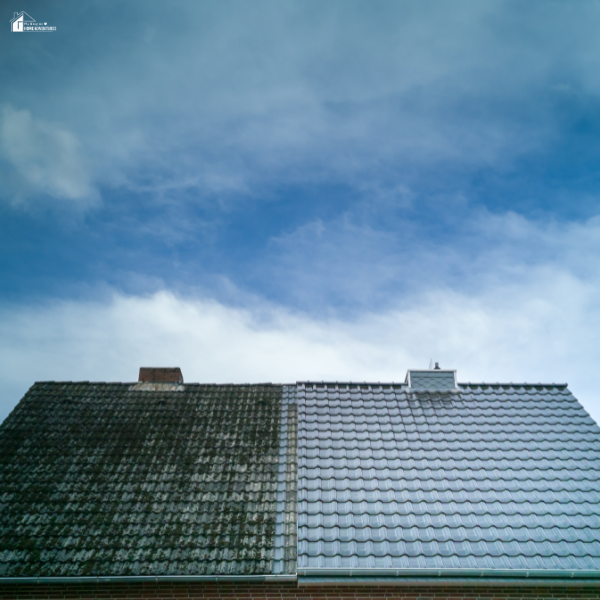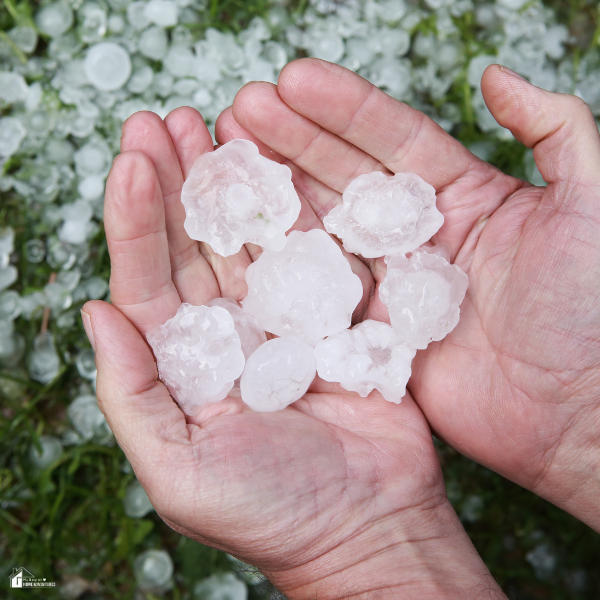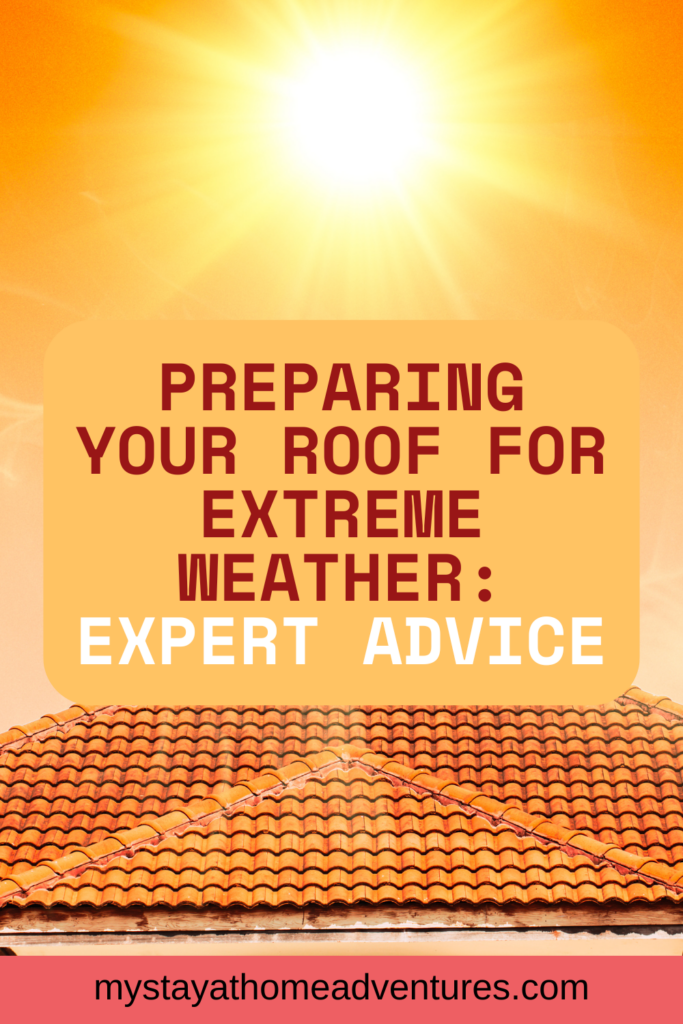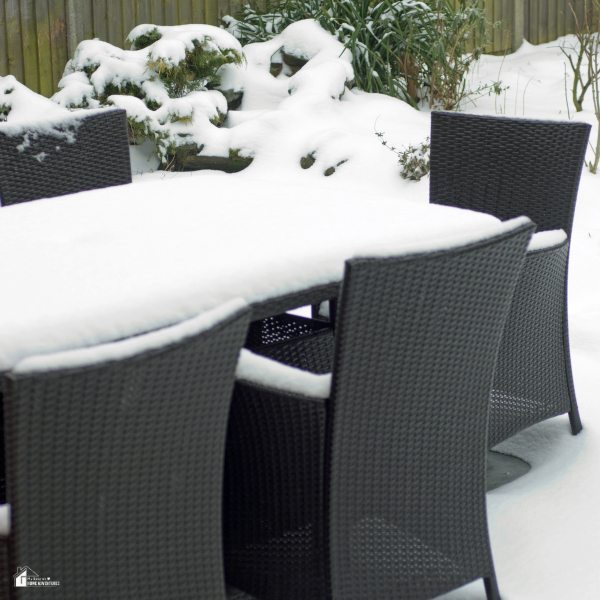Preparing Your Roof for Extreme Weather: Expert Advice
This post may contain affiliate links which might earn us money. Please read my Disclosure and Privacy policies hereYour roof is the first line of defense against extreme weather that threatens to uproot your home. When Mother Nature turns wild, it can truly wreak havoc on homes. From hurricanes and snowstorms to extreme heat and hail, extreme weather conditions pose a unique challenge.
Of course, anything that stands between the home and the external elements gets the brunt of the beating. In this case, it is your roof. Preparing this roof in advance prevents structural issues, leaks, and long-term deterioration, which also helps you save money in the long run.
It is essential for every homeowner to take a proactive approach and protect their roof against extreme conditions so that you and your family continue to stay safe, no matter what the forecast holds.

1. Hurricanes and High Winds
Let’s get right into it. It’s best to start with extreme conditions that are the most likely. When strong winds strike, they don’t just rattle windows and shake trees. Winds at high speeds can rip off entire shingles from your roof or even tear the structure apart.
Since high winds often pull the roof away from the house, it is quite important for the roof to be firmly secured to the home. You can utilize hurricane straps or clips to keep that roof anchored when high winds are in the forecast.
Additionally, you could choose impact-resistant shingles or install a durable metal roof. This adds an extra layer of defense and prevents the shingles from flying away with the wind. Of course, these additions work best when the initial roof placement has been done the right way.
Make sure you get that roof inspected regularly by expert roofing contractors and ensure that roofing cement or a waterproof underlayment has been used for proper sealing.
2. Rains and Flooding
High winds are, more often than not, accompanied by heavy rains, which open Pandora’s box for even more problems associated with flooding, structural damage, power outages, and soil erosion.
Even if your roof is well-secured, it can still suffer from leaks if the water finds its way in through the weaker spots. One of the simplest yet often overlooked steps in preventing water damage is the maintenance of clean gutters and downspouts.
When gutters that connect to your roof are clogged, they cause the rainwater to back up under the roofline. This leads to leakages and issues with the foundation. Consider installing a waterproof underlayment as discussed previously. It truly is the best way to prevent moisture from getting into your home.
3. Snow and Ice
Just as excess water can slowly chip away at your roof’s strength, heavy snow can have a similar effect. Snow accumulates and gets heavy fast. It puts extra pressure on a roof’s structure.
On the other hand, ice dams can also form as melting snow refreezes at the roof’s edges. This creates another serious hazard.
The best way to deal with these issues is attic insulation. If you start regulating the temperature within your home, you’d begin to notice that the ice dams slowly melt away. In fact, they don’t even form in the first place if you set this up before winter. Heated roof cables, as well as metal drip edges, are some viable options that prevent ice dam formation.
Still concerned? In case a major snowstorm hits your area, you could use a roof snow rake to clear out the excess snow accumulated on your roof. This helps you prevent extra damage and gives you peace of mind.

4. Hailstorms
Hailstorms are a lot worse when compared with a little snow and ice. While snow builds up and causes slow, seasonal damage to your roof, a hailstorm can bring sudden and much more severe impacts that leave lasting damage.
If you are looking to protect your roof against hail, consider investing in impact-resistant shields, particularly those that are rated as Class 4. These offer you the highest level of durability and protection against hail.
One of the most vulnerable parts of a roof would have to be skylights. During hailstorms, these can often break, leading to severe injuries in the worst cases. Make sure you opt for reinforced, hail-resistant glass to prevent such issues.
5. Extreme Heat and Sun Exposure
Constant exposure to the sun’s UV radiation, as well as high temperatures, can lead to cracked, faded, or brittle shingles. The best way to deal with this issue is through the use of reflective roofing materials. These deflect sunlight instead of absorbing it.
Additionally, if you are hoping to extend the life of your shingles, consider applying a UV-protective roof coating. This ensures your roof stays protected from the sun for longer periods of the day.
In hotter climates, proper airflow is a must. It can often be the difference between a roof that lasts for decades and one that deteriorates prematurely due to heat damage, moisture buildup, and trapped humidity.
The best way to achieve this airflow is through ridge vents and attic fans, which release the trapped heat and prevent buildup.
Want a pro tip? Consider choosing a lighter colored roof if you live in a particularly sunny area. This can make a noticeable difference in keeping temperatures down.
Additional Installations to Strengthen Your Roof Year-Round
Each type of extreme weather condition presents varying issues that are best solved through unique installations to counteract their effects. Yet, certain upgrades can offer you protection in every climate. With the help of expert Wilmington roofing contractors, you can have these installed in no time!
- Storm shutters for skylights can prevent breakage from hail and flying debris.
- Roof sealants and coatings can drastically improve the waterproofing and definitely extend the lifespan of the roofing materials.
- Gutter guards can help you avoid blockages that could eventually lead to water damage.
- Additional bracing allows you to reinforce older roofs that might not be as structurally sound.
Key Takeaways
Extreme weather is surely unpredictable. You cannot plan for a tornado or a hailstorm. Yet, you can definitely prepare for one. By adding to the strength of your roof, you are definitely protecting yourself against costly repairs in the future.
A little preparation today can make a huge difference the next time that storm arrives. It gives you the peace of mind you need, knowing your home is ready for whatever nature has in store.







